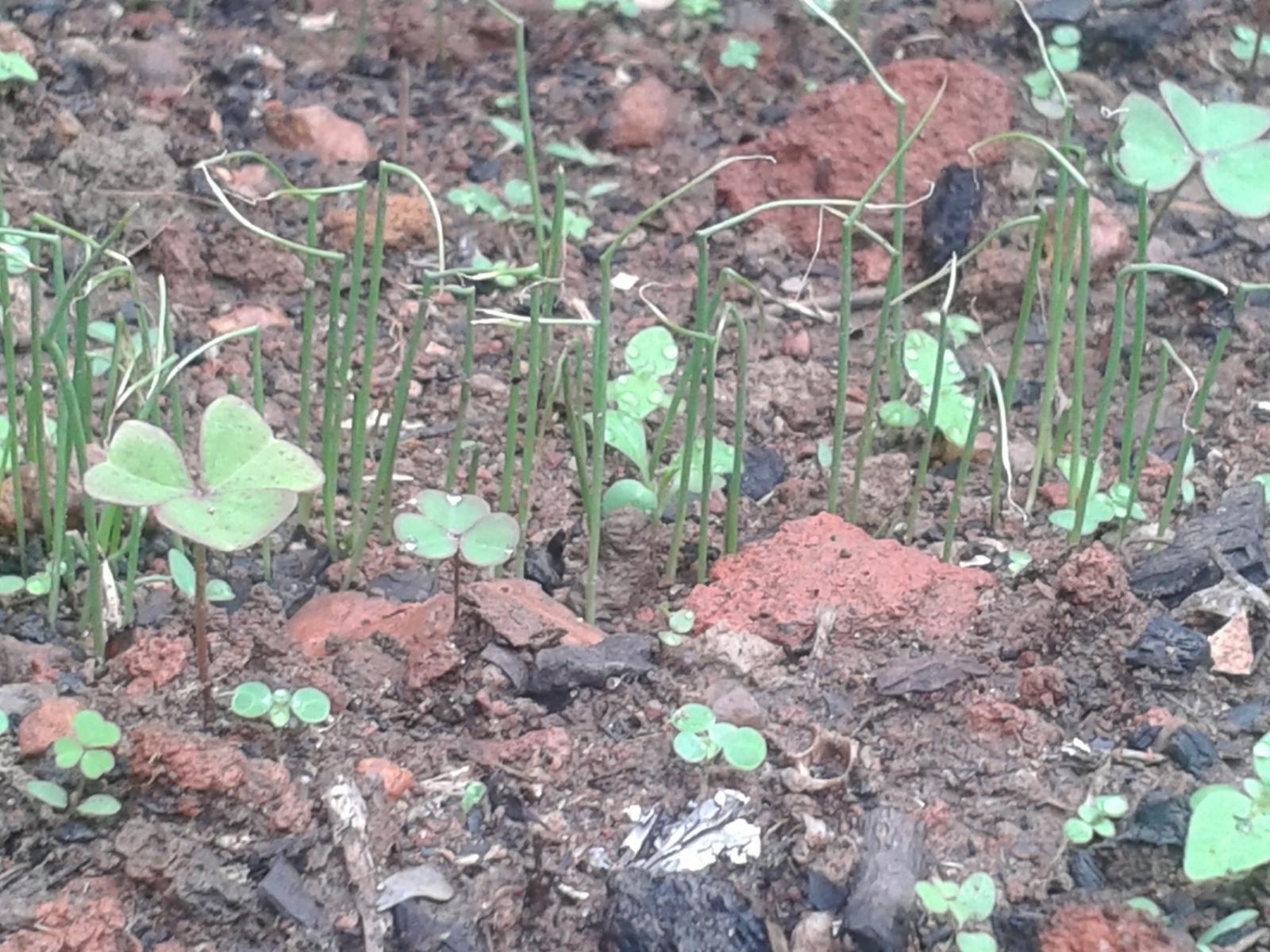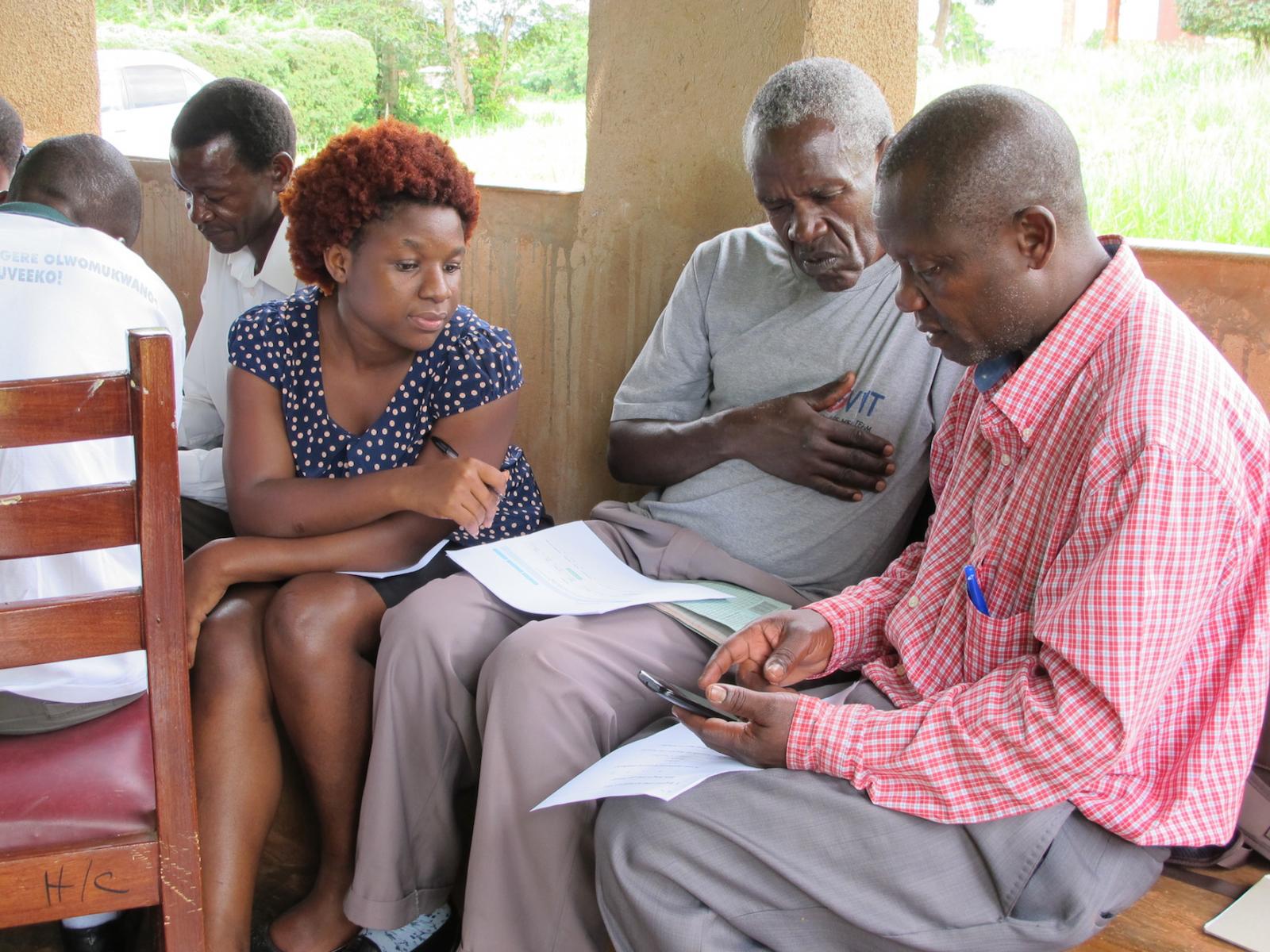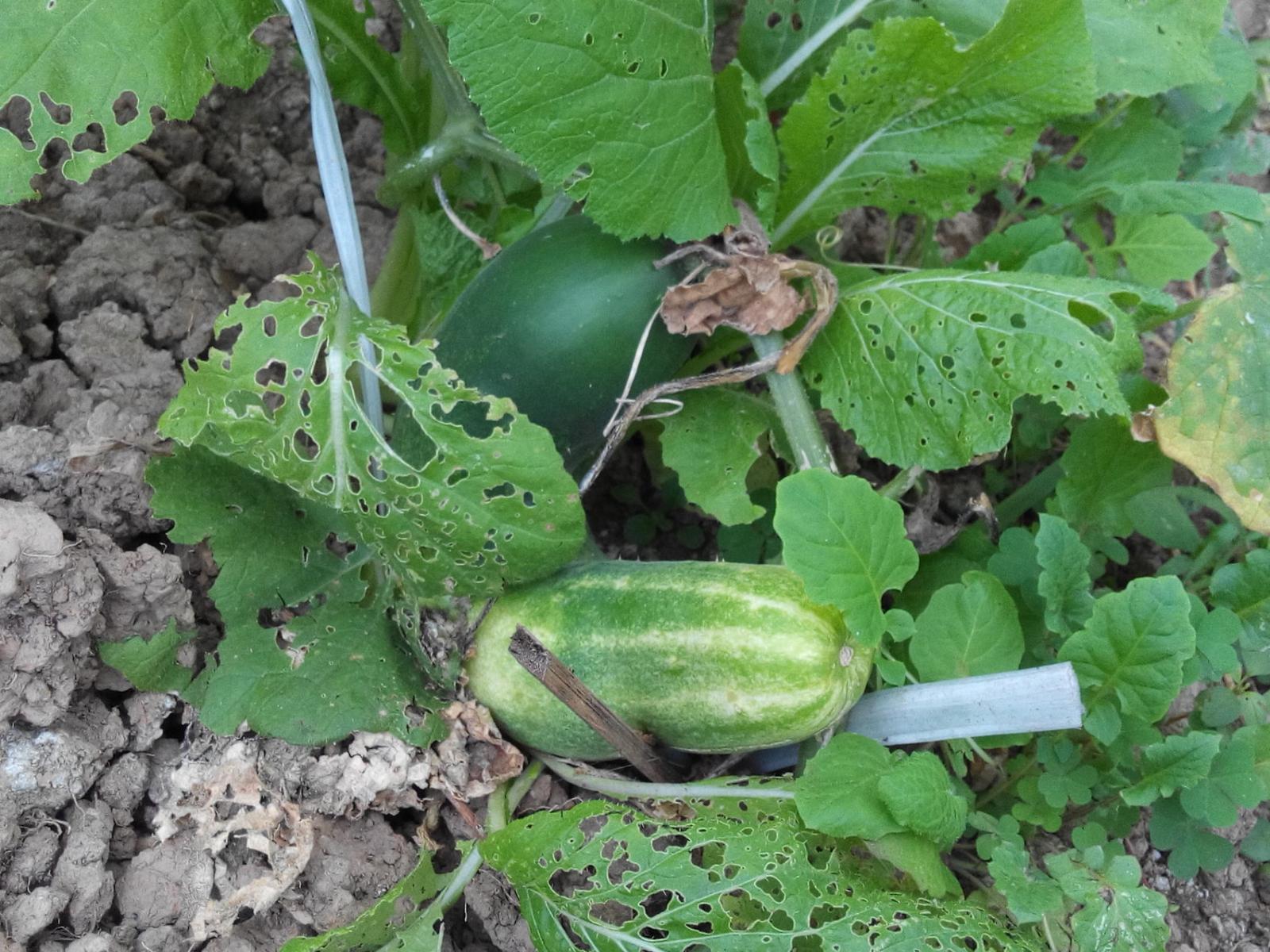
Learning from a Cabbage: 3 Tips for Career Growth
Growing cabbage in Uganda, my home country, is pretty easy. All you need is a piece of land, know when it will rain, and plant your cabbage. The land is fertile with two rainy seasons so you can have a good crop without applying fertilizer or irrigating the land.
As a farmer the big question is; what sets me apart from the farmer next door who is growing the same cabbage on a similar piece of land and taking advantage of the same rainy seasons?

On my journey as a Business Analyst, I had to answer that question. I was good at the core elements of my job, I could grow cabbage as well at the next person. Yet, entering this year I realised I wanted to grow beyond being just a good analyst. I wanted to be a relevant analyst who could instill confidence in her clients.
At first, I was overwhelmed by stories of great people in my field. Their tales of success almost paralysed me. They had worked on large accounts with teams distributed across the world, opened offices in multiple countries and were now coaching organizational leaders. Granted they had years of experience, but I still could not imagine how one person could achieve all that.
For weeks I sought opportunities to get better and honestly came up empty-handed. After those fruitless weeks I finally decided to apply a few lessons from my farm to my development as a business analyst.
1. Water Relationships
My garden looked suspiciously dry despite my faithful watering. What was I doing wrong? I began by asking questions! I asked myself questions. I asked those who have walked a similar journey. I even asked my clients.
Then I carefully considered the answers I was given. Over time, I have come to face the possibility that the problem could lie within me or my approach. Maybe I did not understand something, or wasn’t doing something right, or perhaps I wasn’t doing enough of something else. I then took time to answer as many of these questions as honestly as possible.
In my garden, I discovered that I needed to add mulch to my garden and that watering in the evening allowed for higher retention. On my projects I found that even though I thought I was communicating with my client, the relationship was still dry and lacking energy.

Asking relevant questions and sharing with the client was the secret. Timely communication made it possible to identify the key facts the client needed to know and provided more visibility into the project. The client had greater confidence in the team’s work and things began to grow, nurturing and strengthening our relationships.
I watched too. While working on a project, you are exposed to many ways to solve problems. You get an opportunity to closely observe other people work and can end up with a wealth of knowledge somewhere in your mind. Taking time off to introspect gives you an opportunity to bring these answers to the surface.
2. Find a Thinking Buddy
Enlisting someone as a sounding board to help you think through these questions can also been pretty helpful. Your thinking buddy can be anyone with experience. I found mine through an online gardening forum discussing the same problems with pests as I had. The plants had been attacked by really aggressive insects and after unsuccessfully trying different pesticides I would still find plants with all the leaves missing.
Being able to discuss this pest of a problem provided a useful alternative remedy. The same approach has proven valuable in my career growth. Since I have access to experienced colleagues and online resources, once every week, I can take time to share with colleagues the challenges of my project and the solutions I plan to apply. They in turn validate approaches, suggest improvements or point out aspects that have been overlooked. This exercise enables me to leverage my colleague’s experience and also gain confidence in my own methods.
3. Track the Path to Growth
I did not keep very good records of my first season as a farmer, which meant that I had to troubleshoot each problem all over again the next season. Tracking my experience changed that. When my cabbage leaves were withering and brown and I could review my records. I identified the needed change in the farming process to produce a healthy crop the next time around.

The same learning about learning is true for careers. I am not recommending that you draw up a chart (you can if you like) but do document the questions and solutions you are experimenting with and note the differences, if any, it has brought to your work. Take note of those that did not work and why for future reference.
When All Else Fails, Do Something!
The technology industry evolves at a pace that most people often struggle to keep up with. Whether as a cabbage farmer or a business analyst, there is a lot of pressure to stay ahead. Sometimes it seems like monthly makeovers are needed to stay ahead… BUT before you start breathing into a paper bag, take an honest look at yourself and where you are and change something.
You’d would be surprised how even the smallest change can make a great difference on a project - improve a relationship with a client, or make a difference in your harvest of cabbages. Implement a creative solution to a client problem or trying spraying your garden pests with a chilli and garlic cocktail. New ideas may sound crazy, but they can bring new life to your project or garden. They could be wrong, but they could also be right.
Disclaimer: The statements and opinions expressed in this article are those of the author(s) and do not necessarily reflect the positions of Thoughtworks.














